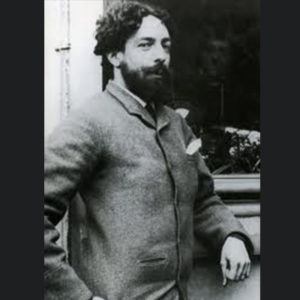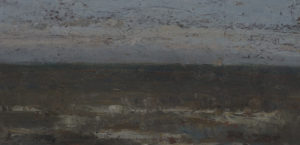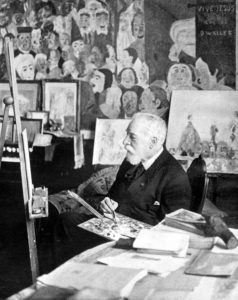
1860 - 1949
James Sidney Edouard Ensor

description
A Belgian Symbolist painter, graphic artist, a vivid representative of the avant-garde art of Belgium.
The parents of the future master kept a souvenir shop. Therefore, the artist’s childhood passed among various ancient items, masks and statuettes. This left a big imprint on his work.
He is known for his satirical canvases depicting the shortcomings of the society and human vices. The creation of the society of artists “Les XX”, in which he was directly involved, contributed to the formation of many young talents. The outstanding artist was elevated to the rank of a national hero and was awarded the baronial title in his motherland. James Ensor is the most famous national painter of Belgium of the beginning of the twentieth century, who gained worldwide recognition.
Key ideas:
– Pictures of James Ensor are always spectacular and therefore recognizable. His most typical works are gloomy symbolic compositions depicting grotesque masks and skeletons, as well as Christian allegories and fantastic plots.
– Most of his paintings and graphic works are frankly satirical, full of bitter humor and parody. An individual feature of the author is the combination of biblical scenes and characters with caustic satire, revealing the shortcomings of social life and human vices. These works can be interpreted as criticism of the Catholic Church, the Belgian state and society as a whole.
– Despite the fact that he was one of the founders of the Belgian “Twenty” (Les XX), his fellow artists did not understand his paintings and subjected them to harsh criticism. A special resonance was caused by the canvas “Entry of Christ into Brussels” (1888), where the figure of Jesus is obscured by many ugly and unpleasant masks, among which one could recognize the faces of some Belgian politicians.
– The graphic works of Ensor, mostly etchings, have a similar style and a great energy message. To express emotions, masks are often used as personification. In addition to these eccentric and scandalous works, Ensor painted landscapes, including sea and still lifes. All his works have a stamp of the uncommon powerful talent and bright personality of the author.
1860
1877 - 1880
1882
1884
1887 - 1891
1890
1895
1900
1929
1949
The birth of the artist
Studied at the Academy of Fine Arts in Brussels
Studied at the Academy of Fine Arts in Brussels. Then he returned to his native city, where he did business in his mother’s shop and continued to paint at the same time. He created portraits and landscapes in dark colors.
Satire and humor characteristic of the artist appeared in his paintings
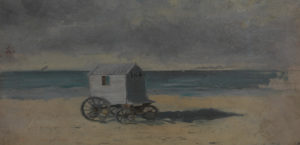
"Twenty"
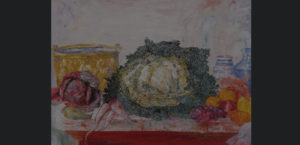
Ensor created religious paintings
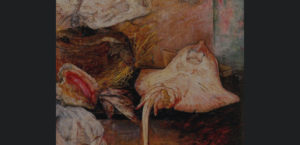
Worked in the technique of etching
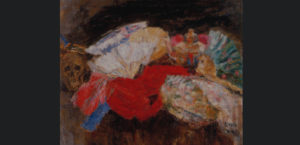
The first solo exhibition was held in Brussels
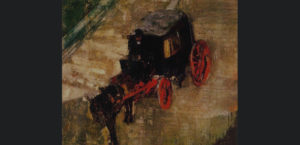
Experienced a crisis of creativity
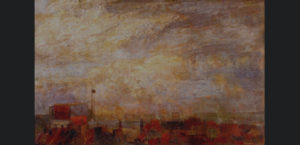
Belated fame came to the artist
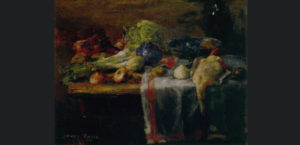
The artist died
